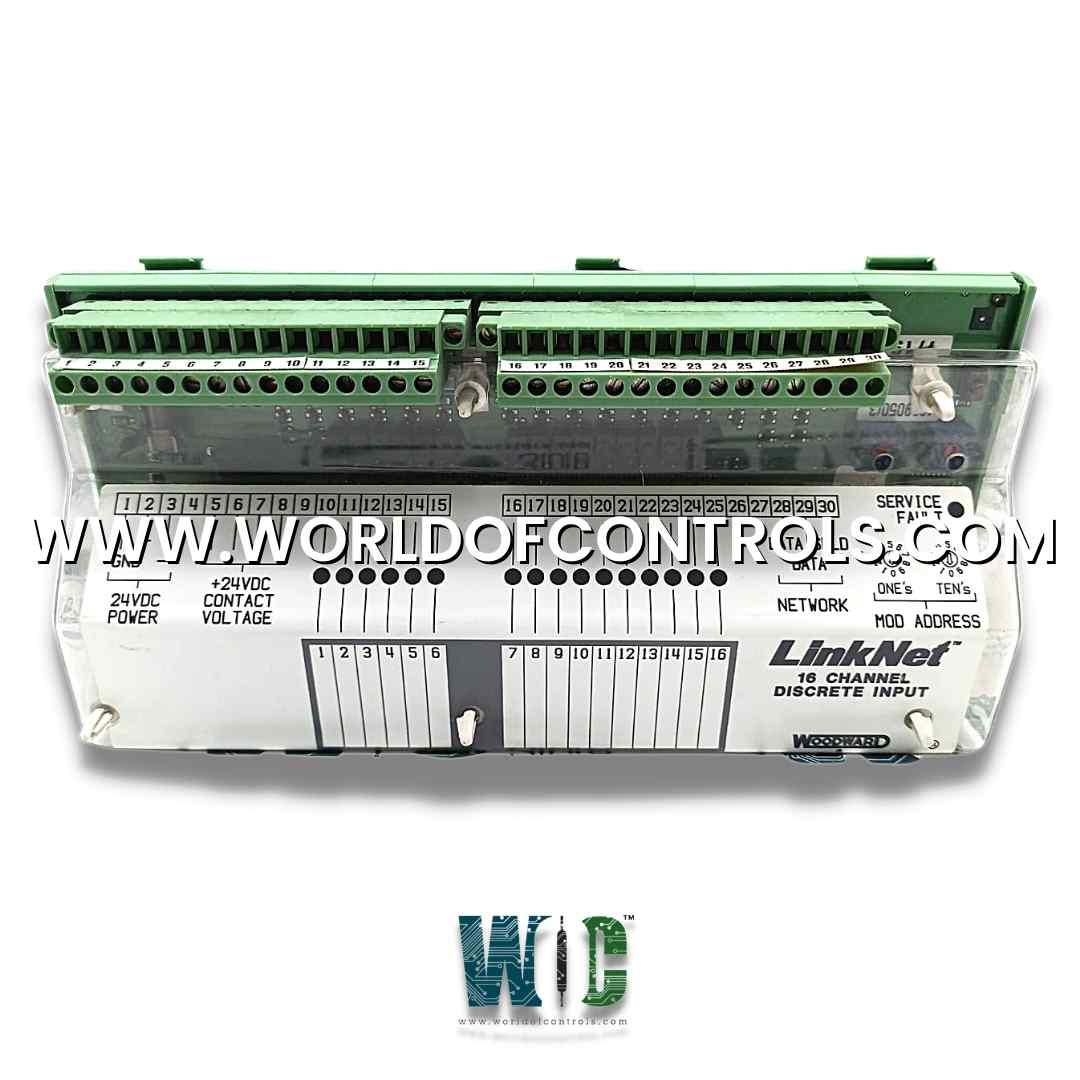
World Of Controls understands the criticality of your requirement and works towards reducing the lead time as much as possible.
9905-971 - Discrete Input Module is available in stock which ships the same day.
9905-971 - Discrete Input Module comes in UNUSED as well as REBUILT condition.
To avail our best deals for 9905-971 - Discrete Input Module, contact us and we will get back to you within 24 hours.
Part Number: 9905-971
Manufacturer: Woodward
Product type: Discrete Input Module
Number of channels: 24
Update time: 5 ms
Time stamping: 1 ms resolution
Availability: In Stock
Repair: 3-7 Day
Country of Manufacture: United States (USA)
9905-971 is a Discrete Input Module developed by Woodward. For each relay output, it has latent fault detection. Each discrete input has a voltage of 24 Vdc. Each relay output allows you to use either a normally open or normally closed contact. The modules are inserted into card guides in the control's chassis and connected to the motherboard. Two screws, one at the top and one at the bottom of the front panel, hold the modules in place. There are also two handles at the top and bottom of the module that, when toggled (pushed outward), move the modules out just far enough for the boards to disengage the motherboard connectors.
World of Controls has the most comprehensive selection of GE and Woodward components. Our professionals are available to help you with your requirements at any time. If you require any additional information, please contact WOC immediately.
What is 9905-971?
It is a Discrete Input Module developed by Woodward.
How many contact inputs does each module of the control accept?
Each module of the control accepts six contact inputs.
What is the contact wetting voltage for the relay modules?
The contact wetting voltage for the relay modules is 24 Vdc.
What are the options for sourcing the contact wetting voltage?
The contact wetting voltage can be sourced from either an external 18-32 Vdc power source or an external 100-150 Vdc power source.
What are the jumper requirements when using the 24 Vdc internal power source for contact wetting?
If the 24 Vdc internal power source is used for contact wetting, jumpers are required between relay module terminals 33, 34, and 35.